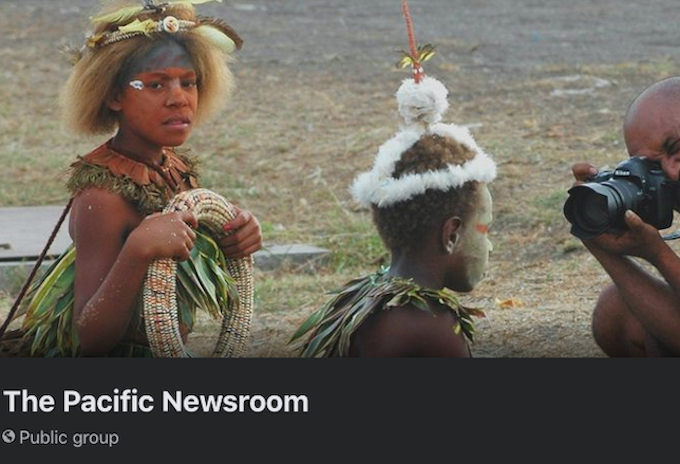
SPECIAL REPORT: By Sri Krishnamurthi
October 2021 was a horror month for Facebook as the headlines screamed “Facebook under fire” which started with the social media behemoth suffering an outage for several hours.
Then it had a whistleblower — American data scientist Francis Haugen — who accused the company of:
- prioritising growth over user safety;
- bowing to the will of state censors in some countries;
- allowing hate speech to burgeon in other countries;
- ignoring fake accounts that may influence voters and undermine elections;
- allowing the antivaccine message to proliferate; and
- having algorithms that fuel noxious behaviour online.
Add to that, a major impending problem of capturing a young audience who are flocking elsewhere and turning their backs on the oldest social media platform which was founded in 2004 by Harvard students Mark Zuckerberg, Eduardo Saverin, Dustin Moskovitz, and Chris Hughes.
- READ MORE: Facebook profits top $9bn amid whistleblower revelations
- Other Pacific Newsroom reports
- The Pacific Newsroom
Even so, its success as the leading platform is undeniable with it announcing a $9 billion quarterly profit in October with a massive 3 billion users.

It was the access to smartphones when they were offered in the Pacific and technology that drove Facebook’s popularity to largely receptive devotees. The uptake of the social media platform in French Polynesia (72.1 percent penetration by 2020), Fiji (68.2 percent, Guam (87.8 percent), Niue (91.7 percent), Samoa (67.2 percent) and Tonga (62.3 percent) made it a no-brainer for Sue Ahearn, founder of the highly credible The Pacific Newsroom page to use the platform.
Measured success
The success of The Pacific Newsroom page can be measured by the site garnering in excess of 40,500 members most of who can participate actively by contributing to the page.
Ahearn is no stranger to the Asia-Pacific region. An Australian journalist for more than 40 years, 25 at the Australian Broadcasting Corporation (ABC), who originally hails from Martinborough in New Zealand, she was drawn to set up the page primarily because of misinformation that tends to flourish in the Pacific news.
“It came to me about four years ago when the ABC cut back on all of its coverage of the Pacific, and I could see there was a big gap there,” she says.
“The ABC was only providing a small service and there was a lack of interest in most of the Australian media. You could see the technology was changing, how the information was flowing from the region was changing.’’
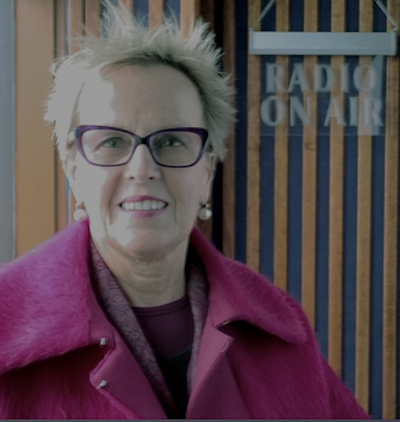
The apathy for a thirst for Pacific knowledge has had a profound effect on insularity in the media, especially in Australia and New Zealand, although the Public Interest Journalism Fund is attempting to address that in some way in New Zealand.
“I wish I knew, Sean Dorney, Jemima Garrett and all of the Pacific journalists just can’t fathom why is there so little interest in our region among the Australian media,’’ says Ahearn.
“It doesn’t make sense. There tends to be three or four journalists that cover the region and try to convince news outlets to run their stories or send reporters, and that has become very difficult.”
Only Pacific correspondent based in Pacific
Natalie Whiting of the ABC and the recipient of the Dorney-Walkley Foundation grant 2021 is the only journalist from Australasia who is based in the Pacific. She is stationed in the Papua New Guinean capital of Port Moresby.
“In New Zealand, that’s not a problem and New Zealand does good coverage of the Pacific. New Zealand has a much closer relationship with the Pacific,” Ahearn says.
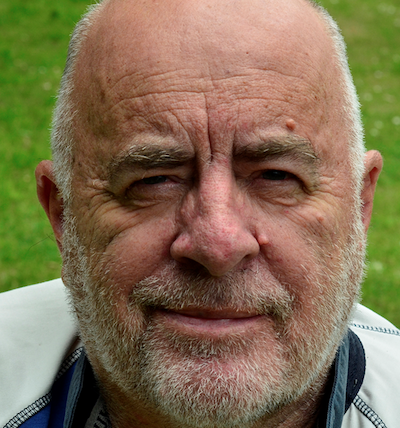
However, Michael Field in Auckland, a page administrator and a veteran of the Pacific who went to journalism school with Ahearn, had qualms about the coverage out of New Zealand.
“The thing that really bugs me is that only Radio New Zealand (RNZ) seems to be doing Pacific news. For example, you’d pick up the (New) Herald and see who’s covering the hurricane out in Fiji only to see it is a re-run of a RNZ story,” says Field.
“It bothers me. The Herald should have had a different angle on the story, RNZ a different angle, The Dominion Post would be different and there would be work for stringers in the Pacific. Now that is not the case because RNZ takes up everybody else’s work and runs it that way,
“I guess that is the reality of it now, but it seems the voice of the Pacific these days is state radio.
“Call me old fashioned, but I’d be too embarrassed to run a story quoting another media organisation, and if you had to do it you’d do it grudgingly. We are starting to fail in the coverage of the region,” he says.
Success stirs amazement
The success and growth of The Pacific Newsroom as an organic, quasi news agency akin to Reuters, Agence France Press (AFP) or Australian Associated Press (AAP) in a tiny way, has caught Ahearn by amazement.
“I am surprised because we have a lot of engagement, some stories get 80,000 or 90,000 engagements so there is a lot of interest in it, and I think it fills a huge niche.
She speaks about the talanoa concept of The Pacific Newsroom.
“It’s like a town square where people can meet, share stories and talk about what is happening. Michael (Field) and I spend an enormous time on this project and we’re basically volunteers, we’re not being paid or making any money from it,” she says.
Nor would she entertain the thought of applying for funding either in New Zealand or Australia, preferring instead to maintain their editorial independence.
“Mike and I have discussed this, and we think one of the main attractions of our site is it is not monetised, that it is a voluntary site, there are no advertisements on it, we try and keep it independent, and we are both at the stage in our lives where we’re not working fulltime in the media,” Ahearn says.
“We’ve got time to spend doing this as a public interest, we really enjoy doing it too, it’s a lot of fun.
Many great stories
“There are so many great stories in the Pacific that need to be amplified to the world.
“Things are happening with technology and it’s giving a much stronger voice to the Pacific whether it’s on climate change or fishing or other important issues and that is why it is going to get stronger and stronger,” Ahearn says.
Among the stories that gained the site momentum was the University of the South Pacific (USP) having its vice-chancellor and president Professor Pal Ahluwalia at the centre of controversy during his first term when Fiji government and educational officials tried to oust him from office in the so-called USP saga, eventually unceremoniously deporting him in a move widely condemned around the Pacific.
“The big story which moved us along was the USP saga last year, for quite political reasons which had to do with the players, we were leaked all the reports and people could see if it got a certain amount of information on Pacific Newsroom that things might happen, and it did,” Field says.
“More recently we’ve had the same with the Samoan elections where a number of players wanted to be interviewed directly; the former Prime Minister (Tuila’epa Sa’ilele Malielegaoi) seemed to have some misinformed view that we are more powerful than we are. We cope with that so it is constantly moving thing.”
Another worrying development were the libel laws in Australia where last month the court ruled publishers to be liable for defamatory comments.
“The libel laws, it’s another tension and another thing we’ve got to watch. We watch it like a hawk (as moderators) and that is not to characterise the particular audience we’ve got,” Field says.
‘Shooting your mouth off’
“Shooting your mouth off seems to be regarded in much of the Pacific as a God-given right — ‘why you trying to stop me from saying this’, we just delete people now. We tried saying to people right at the beginning we didn’t need expletives, swear words and all that stuff, and we were going to take them down.
“It is learning experience, moderating a site like Pacific Newsroom can be hard, depressing work and sometimes there’s a lot of people that sort of feel they have to say something even though it is a complete nonsense, and it is hard yakka that sort of stuff,’’ Field says.
On the flip side of it were the tangible rewards that make it all worthwhile.
“I can remember one particular point where we were tracking a superyacht that was tripping around Vanuatu, Fiji, Tonga; there were people from quite remote village areas of these countries that would send us pictures saying, ‘here is a picture of the yacht that has just passed my village ‘. Whereas back in the day you tried to get a shortwave radio operator to tell you what happened three weeks after the event.
As for the credibility of the site, Field declined an approach from a major mainstream New Zealand media company that sought copyright and permission to use the material that was published.
Then there was the young journalist from another mainstream media company who asked Field for a contact in relation to a Vanuatu story, telling Field that they all shared their contacts in the newsroom. Needless to say, he went away disappointed and empty-handed.
Ancient settler societies
Just how well The Pacific Newsroom is regarded in the Pacific is summed up eloquently by history associate professor Morgan Tuimaleali’ifano of the USP who tells it with a Pacific panache.
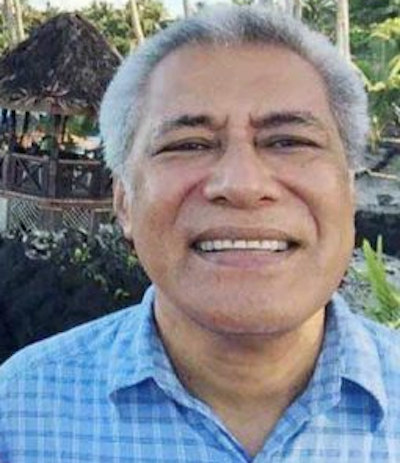
“Apart from Australia, New Zealand, Tokelau, Hawai’i, Guam, American Samoa, West Papua, Rapanui, and the French territories (New Caledonia, Uvea and Futuna, Tahiti), the nature of independent and self-governing Pacific societies is that they are ancient settler societies steeped in conservatism,” Tuimaleali’ifano says.
“While their constitutions have absorbed Western influences, imperial laws, Christianity, fundamental freedoms/rights, monetary capitalism, they remain steeped in ancient systems of governance based largely on hereditary hierarchies.
“Two worlds co-exist with the constitutional democratic model heavily influenced by kinship patterns of thought and behaviour. Within kinship hierarchies, there exists diverse governance structures and no two villages share the exact governing structure,” he says.
“Equally important are the constitutions and parliamentary legislation. These law-making institutions together with the judiciary are constantly evolving as they must with changing circumstances and best practices.
“It is within these social dynamics that journalism provides the Fourth or Fifth Estate to maintain an even keel on the Pacific’s growth as a viable region of nation-states.
“The Pacific Newsroom plays a vital role, of mirroring the changing Pasifika people needs and commenting on sensitive matters that many may find unsavoury difficult and overwhelming to articulate within ultra-conservative societies.
‘Without fear or favour’
“Without fear or favour, The Pacific Newsroom and its sister networks provide a critical service for a multi-faceted Pasifika struggling to reconcile and reshape a new consciousness for Pasifika.
“These include the enduring issues of regional identity and solidarity and unity within the context of relentless ideological and geopolitical power plays.”
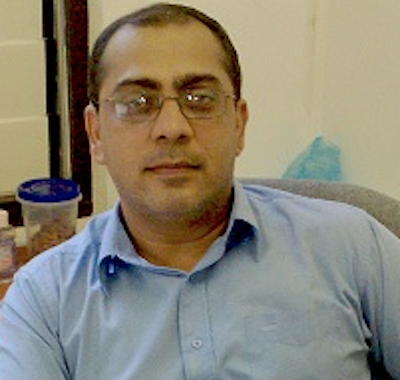
As associate professor and head of journalism at USP Shailendra Singh in Suva, who continues to strive to keep his students well abreast in journalism under draconian media laws in Fiji, says:
“It is indeed a success story, due to a large following, because of media restrictions in Fiji. Users from Fiji especially feel more comfortable expressing themselves on this page.
“The page is prudently and professionally moderated, so it is respectable. The page uses information from credible news sources. (Independent sources like Bob Howarth on Papua New Guinea and Timor-Leste; former Vanuatu Daily Post publisher Dan McGarry; current Pacific Island Times publisher Mar-Vic Cagurangan; and photojournalist Ben Bohane, until he returned to Australia from Vanuatu; as well as David Robie‘s Asia-Pacific Report which is a huge contributor to the page).
“I promote USP journalism students’ work on Pacific Newsroom. It is exemplary of how Facebook can support democracy.”
A vital source of information in the covid era. You get a cross-section of news and views on one platform. It is definitely the most popular virtual “kava bar” in the Pacific.
The Pacific Newsroom – the virtual ‘kava bar’ news success story #ThePacificNewsroom #AsiaPacificReport @shrek45 #mediafreedom #independentmedia @RSF_inter @RSF_AsiaPacific @sueahearn @MichaelFieldNZ @ShailendraBSing @wansolwara @USPWansolwara https://t.co/9m7DJ0DUq6 pic.twitter.com/QIJUlvsbFu
— David Robie (@DavidRobie) November 5, 2021












































